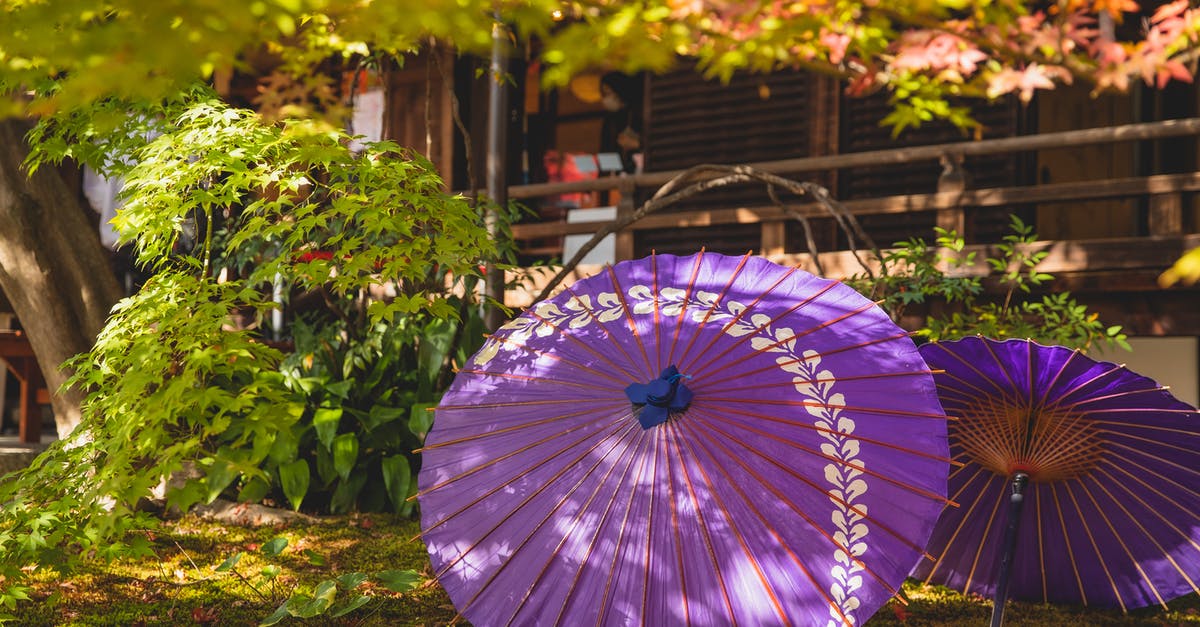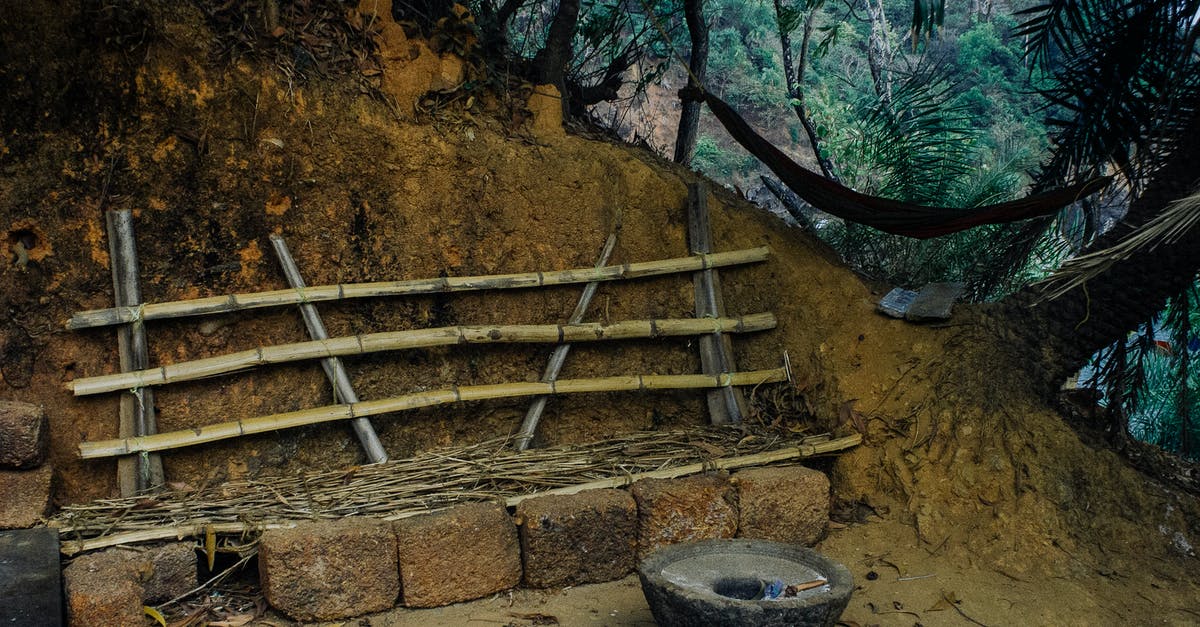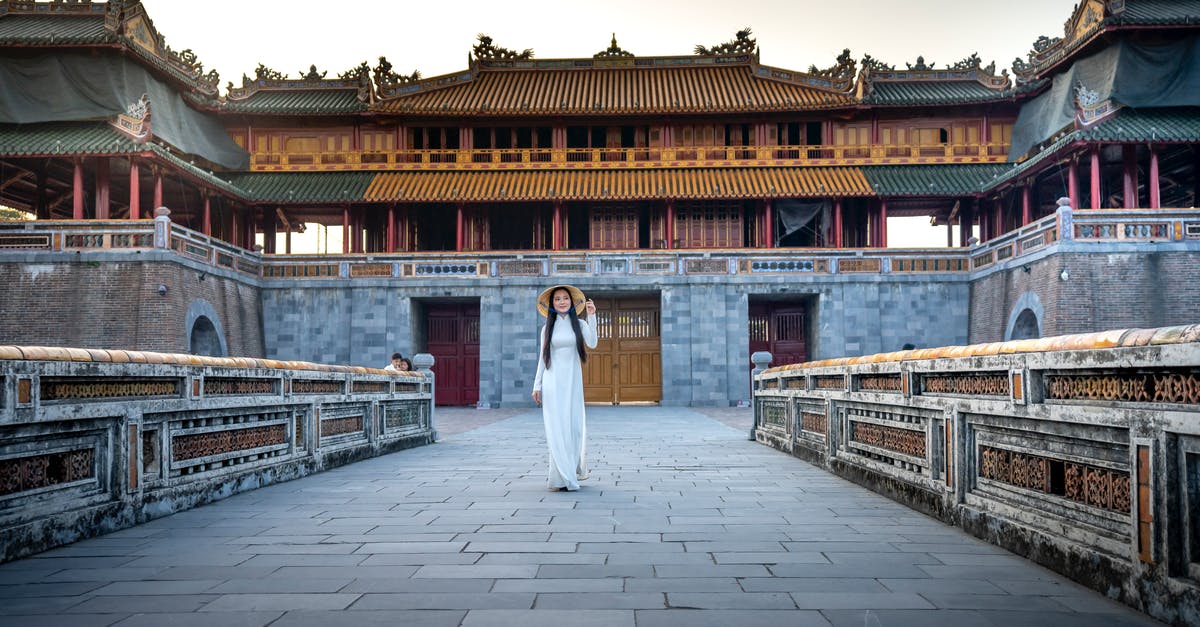What changes were made in Princess Kaguya from the original Tale of the Bamboo Cutter story?

The 2013 Studio Ghibli film "The Tale of Princess Kaguya" credits and is based on the 10th Century story The Tale of the Bamboo Cutter.
Looking at the synopsis of the original story, it looks like the film was a very faithful adaptation in terms of the main plot - but Studio Ghibli usually put a lot of deliberate extra depth and themes into their films and are often very open in discussing what they did and why. Some of it is quite hard to spot if you don't know a lot about Japanese culture (and there were a few points in the film where I was thinking, "Something important is going on here, but I can't quite tell what it is" - in particular the scene where she runs away, which I think wasn't in the original story).
Have the makers of the film ever discussed any such changes in the story when making the film, for example, changes in emphasis, embellishments in dialogue or added scenes intended to bring out a certain theme?
Best Answer
There is no definitive list of changes from an official source, however here are some related interview questions posed to director Isao Takahata:
Q: Did adapting a folk tale like the Bamboo Cutter mean that you could apply your own personal themes? It seems to me that Princess Kaguya is about the cyclical nature of life and the brevity of happiness - things that, if I'm not mistaken, weren't in the original folk story.
A: I agree with your point. The songs sung in the film were meant to give praise to the Earth, this star where we live, for its marvellous cycle of life. And my effort was to show how The Princess Kaguya fully enjoyed the richness of life on Earth that is filled with colour and all sorts of creatures as well as the joy of living and of forming emotional bonds.
and
Q: Did your original idea include this unique visual style or was it more of an idea of how to interpret the story for the big screen?
A: It certainly was the story. In the original story, it's very hard to understand the motivations of the main female character [Princess Kaguya]. So that makes the story mysterious and interesting. But I thought if I could inject whywhy she had to return to the moon, then it would be able to be told as a [cinematic] story. But, of course that was not the style, because 50 years ago I wouldn't have thought of using this kind of drawing style to show the film.
Q: Since this fairy tale story well-known in Japan [as ???? Taketori Monogatari], did you feel more of a pressure to create something that was unique, and something that was different than what everyone was already familiar with?
A: So my aspiration, I didn't feel pressure, but I felt that what I wanted was for people who watch the film to say, "Oh, was this what was really behind the story of Princess Kaguya?"
Q: In Japanese culture, has this story been more of an influence on society or more in reflection of the way society has evolved, especially with where it's at today?
A: I haven't really regarded the story in either of those ways. But, for example, in the story, the five suitors, in the original story they are told by the Princess Kaguya to bring something back, each of them, something that only someone who had had education in Chinese Classics would know. So she was supposed to have known all this, right?
But in the film, what I did was have her say, "Well, you've praised me with that kind of metaphor or simile. So then bring back what you think my value is." So it's not that she had to have a Chinese scholarship or anything. So the meaning has changed then. It wasn't just to make it really troublesome to those suitors to cause a lot of trouble. It has more of a modern appeal to the modern audience, I think. "If you think of me in that way, then bring me those real things that you've compared me to." So she is rebelling against being so objectified by these suitors. And that's a very modern sensibility.
To me it sounds like the largest changes made to the original story were made to better illustrate the motivations of the protagonist.
Pictures about "What changes were made in Princess Kaguya from the original Tale of the Bamboo Cutter story?"



What is the lesson of Princess Kaguya?
The moral of the story 'The Tale of the Bamboo Cutter' is that if you disobey orders you can lose everything warning people to stay in line and do as expected of you.. This is shown in the film as Princess Kaguya's parents try to make her a high girl in society but all she wants is to be free.Did Princess Kaguya love the Emperor?
The fourth gave up after encountering a storm, while the final prince lost his life (severely injured in some versions) in his attempt. After this, the Emperor of Japan, Mikado, came to see the strangely beautiful Kaguya-hime and, upon falling in love, asked her to marry him.What is the point of The Tale of Princess Kaguya?
The Tale of Prince Kaguya itself feels like a strange dream. And it ends with a farewell I won't spoil, but suffice to say that The Tale of Princess Kaguya \u2013 it's a film about many things \u2013 but it's ultimately a film about the pain of leaving things behind. It's about that pain of separation. It's about loss.Is Princess Kaguya a real story?
The Tale of the Bamboo Cutter (Japanese: \u7af9\u53d6\u7269\u8a9e, Hepburn: Taketori Monogatari) is a monogatari (fictional prose narrative) containing elements of Japanese folklore.Japanese Folktales: Tale of the Bamboo Cutter (Kaguya hime is Sailor Moon??)
Sources: Stack Exchange - This article follows the attribution requirements of Stack Exchange and is licensed under CC BY-SA 3.0.
Images: Ryutaro Tsukata, Plato Terentev, Quang Nguyen Vinh, Karolina Grabowska
